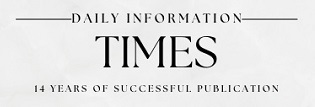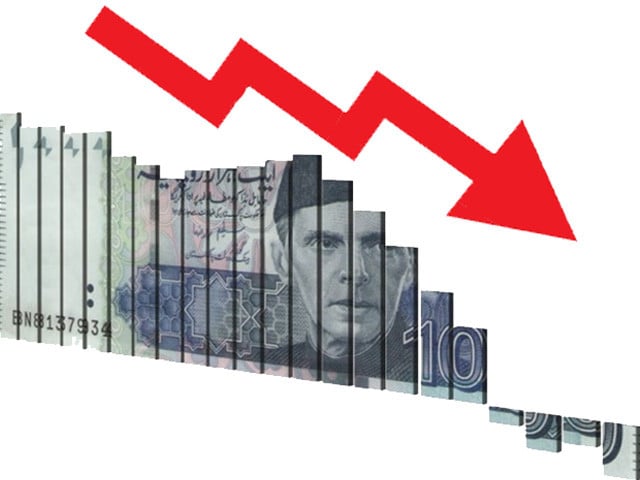LAHORE: A deal with the International Monetary Fund (IMF) is on the cards after meeting its front-loading conditions.
The fund has already combined its ninth and tenth review which, in turn, delayed the disbursement of the much-needed loan tranche.
The revival of the stalled programme will reduce the lingering economic uncertainty as Pakistan received the last tranche in August 2022. The liquid foreign exchange reserves (FX) held by the State Bank of Pakistan (SBP) declined to around $3.2 billion by February 10, 2023.
Pakistan’s political situation remained volatile during 2022. The foreign exchange reserves kept on declining since March 2022 and the political mercury kept increasing till December 2022. Though the political temperature has subsided a bit, the situation is still far from normal.
The heightened domestic political uncertainty leads to a great deal of economic uncertainty. On the international front, the western world is also experiencing high inflation. Therefore, central banks have already raised policy rates during 2022.
Russia-Ukraine conflict contributed to food and energy inflation. The higher policy rates have slowed down many economies and reduced speculation in the international commodity markets. As a result, a decline is being witnessed in prices of most of the commodities.
Around a year ago, the price of wheat per bushel was around $12, which is now around $8.6, showing a reduction of 30%. Similarly, the price of corn was around $7.85 per bushel, which declined to $6.7 in a year.
In April 2022, the crude oil price was around $108 per barrel, which is currently hovering around $77 per barrel, showing a reduction of 30%.
The growth rate is constrained by balance of payments (BOP) in Pakistan. The maximum achievable growth rate was 4.5% in 2007, which reduced to 3.8% in 2020. Successive governments could not address this constraint and try to pump up the economy above this level. Now, this constraint has aggravated the BOP situation more than ever before.
Regardless of the political setup, the current situation is unprecedented in the history of Pakistan.
Average inflation rate for July-January FY23 was around 25% while the Sensitive Price Indicator was around 29%. The situation has been affecting the lowest segment of the population a great deal.
Structural inflation is not associated with a particular political administration. Its causes are deep-rooted and cannot be addressed in a short span of time.
Whenever accelerated prices affect a common person, he/she blames the current political setup for the woes. The parties in opposition squeeze maximum benefit out of this situation and put comparative figures of oil, utilities, wheat and milk in front of the masses. Furthermore, spokespersons put the blame on the government by highlighting rampant corruption, incompetence and mismanagement.
Under these circumstances, the parties in the government try to put the blame on the misgivings and acts of omission and commission of the previous government. In addition, their spokesmen advise the masses to wait for good days.
This is the way political parties build and spread their narratives by using the print and electronic media. However, thorny issues remain as such.
In short, structural issues are compounded by the volatile domestic political situation and international economic environment. All these factors enhance economic uncertainty.
High economic uncertainty adds fuel to the fire and aggravates the situation. The emerging situation requires statesmanship. Let us see how the current political dispensation navigates the crisis in the coming months.




No comment